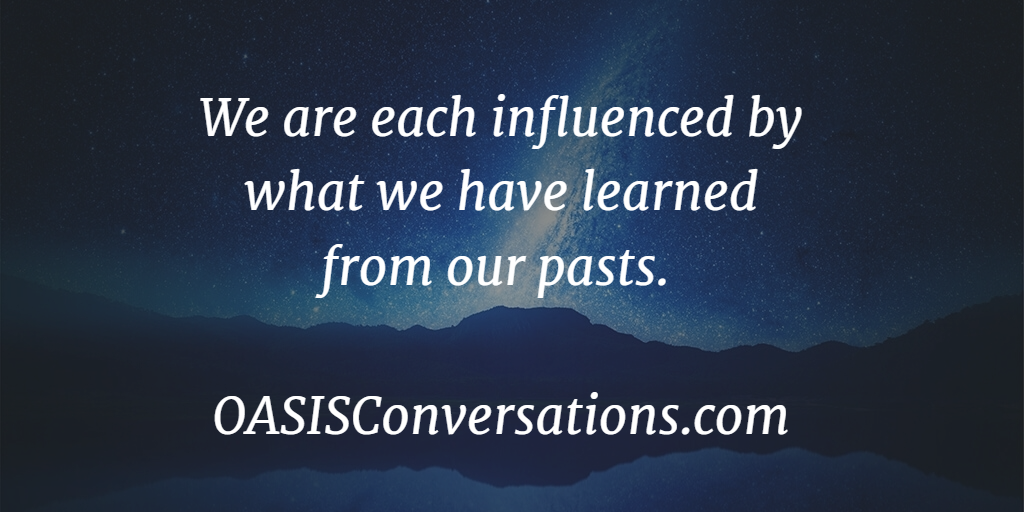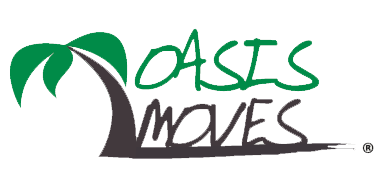 In workshops, I ask participants to observe what I do for two minutes. Without further explanation, I walk out of the room, then back in. Then I look under participants’ workbooks, I look behind doors, I clap, and I put my hands on my hips. I take off my shoe and put it back on. I throw a ball up in the air and take the caps off two markers and smell them. Then I ask participants, “What did you observe?”
In workshops, I ask participants to observe what I do for two minutes. Without further explanation, I walk out of the room, then back in. Then I look under participants’ workbooks, I look behind doors, I clap, and I put my hands on my hips. I take off my shoe and put it back on. I throw a ball up in the air and take the caps off two markers and smell them. Then I ask participants, “What did you observe?”
Participants say: “You were unorganized.” “You lost something.” “You were frustrated.” “You were nervous.” “You were confused,” or “You were rude.” Some say, “You didn’t know what you were doing.” “You were upset.” “Your behavior bothered me— it was irritating.” These kinds of statements come quickly from participants. When I keep asking, “What did you observe?” they continue to state a wide range of their assumptions based on my behavior. Finally, a participant will state, “You left the room.” Another might say, “You came in the back door,” or “You threw the ball in the air.”
Do you see the difference between an observation and an interpretation? Observations like “You left the room” or “You clapped your hands three times” are the facts— what a video camera would capture. They are the actions that occurred or the exact words that were said without the attachment of meaning. Nearly everyone present agreed to seeing and hearing the same observable data. However, most people immediately tried to make sense of what they observed. They paid very little attention to what was physically perceived with their senses.
We tend to jump to immediate conclusions about the meaning of actions. This process happens extremely quickly— so fast that often we are unaware of what we really observed— the actual data from which we make conclusions. Someone might say, for instance, that a person is lazy, disorganized, or confused and then believe the interpretation is really a fact.
The first move in the OASIS process is to identify your observation without making assumptions or judgments. This requires noting what information you take in through your five senses— what you are seeing, hearing, smelling, tasting, or touching. If you could capture what you see, as if with a video camera, you would report what you observed and heard. This step seems quite easy. For example, you could say, “I noticed you walked back in the room,” or “I noticed you picked up the ball.” Our senses are the portals through which we collect raw data from the external environment. In interactions with people, we take in not only verbal data— the words others use, but we also assess non-verbal cues, such as “You frowned when you said that.”
Scientists suggest that we take in over 30,000 bits of data at any moment. Our body systems cannot attend to all the data at once. We tend to organize around some observations and then others essentially become invisible to us. We selectively pay attention to certain data. You might visualize this as taking a flashlight and selecting something to spotlight. Much of this filtering process is unconscious and based on our experiences and past conditioning. For example, a movie expert might look at the same piece of art or film as a less trained person and have a very different interpretation. Each would believe she is seeing the same work, so her interpretations or assumptions are the “truth.”
A trained architect will notice details about buildings that may be invisible to an untrained eye. An elevator technician told me that when he walks into buildings that are new to him, he notices the elevators first. He pays attention to the kinds of elevators and the dates they were inspected. He also assesses the safety of the elevators. In contrast, I rarely notice the date of the last elevator inspection. An experienced chef is likely to notice different ingredients and carefully observe food presentation techniques at a meal. Someone who considers food as fuel and often eats the same basic meal typically would not even notice ingredients or presentation.
The more knowledgeable or educated we are about a topic, the more distinctions or variations we see that others without this experience just don’t see. For example, a trained artist is likely to notice the type of brush stroke used in a painting and perhaps even be able to identify the artist. Others without this background will notice different things about a painting. Being trained in organization psychology and change management, I observe the challenges individuals and organizations face as they try to bring about change. I readily notice what is needed based on my experience and my training in cultural change, leadership, and change management.
 Using OASIS Moves, we consciously slow down our process to notice what we are observing and separate the assumptions we make based on observations. I am not asking you to stop making assumptions. That is not possible or even productive. However, by slowing down the process, you will have the opportunity to examine your observations and assumptions.
Using OASIS Moves, we consciously slow down our process to notice what we are observing and separate the assumptions we make based on observations. I am not asking you to stop making assumptions. That is not possible or even productive. However, by slowing down the process, you will have the opportunity to examine your observations and assumptions.
